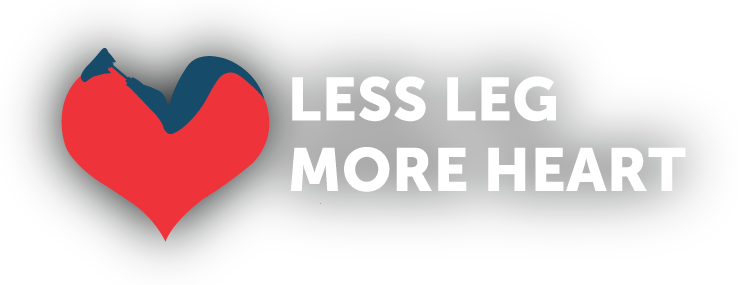Prosthetic Innovation Since 2000: Transforming Lives with Cutting-Edge Technology
Over the past two decades, prosthetic innovation has undergone a renaissance, propelled by advancements in technology, materials science, and biomedical engineering. From mind-controlled bionic limbs to 3D-printed prosthetics, the landscape of prosthetic innovation has evolved dramatically, offering new hope and opportunities for individuals with limb loss. In this blog post, we'll explore some of the highlights of prosthetic innovation since 2000 and the transformative impact these advancements have had on the lives of amputees around the world.
1. Mind-Controlled Prosthetics:
One of the most groundbreaking developments in prosthetic technology is the advent of mind-controlled prosthetics. Using advanced brain-computer interface (BCI) technology, these prosthetic limbs can be controlled directly by the user's thoughts. By interpreting neural signals from the brain, users can effortlessly manipulate their prosthetic limbs with unprecedented precision and fluidity, restoring a sense of natural movement and dexterity.
2. Advanced Prosthetic Components:
Prosthetic components have become increasingly sophisticated, incorporating cutting-edge materials and engineering principles to enhance functionality and comfort. From lightweight carbon fiber blades for athletes to microprocessor-controlled knees and ankles for everyday use, these advanced components offer greater stability, mobility, and adaptability, allowing users to lead more active and fulfilling lives.
3. 3D Printing Revolution:
The emergence of 3D printing technology has revolutionized the field of prosthetics, enabling the rapid prototyping and customization of prosthetic devices. 3D printing allows for the creation of highly personalized prosthetic sockets, limbs, and components tailored to the individual's unique anatomy and preferences. This level of customization not only improves the fit and comfort of prosthetic devices but also accelerates the production process, making prosthetics more accessible and affordable for users worldwide.
4. Sensory Feedback Systems:
Recent advancements in sensory feedback systems have brought us closer to achieving a truly lifelike prosthetic experience. By integrating sensors and neural interfaces, modern prosthetic limbs can provide users with tactile feedback, allowing them to perceive sensations such as touch, pressure, and temperature. This breakthrough technology enhances the user's sense of embodiment and improves their ability to interact with the world around them.
5. Osseointegration Surgery:
Osseointegration surgery has emerged as a game-changing treatment option for individuals with limb loss, offering a more stable and comfortable connection between the residual limb and the prosthetic device. By surgically implanting a prosthetic device directly into the residual bone, osseointegration eliminates the need for a traditional socket, reducing discomfort and enhancing mobility. This innovative approach has transformed the lives of many amputees, enabling greater independence and freedom of movement.
6. Regenerative Medicine:
In the realm of regenerative medicine, researchers are exploring novel approaches to tissue engineering and limb regeneration. While still in the early stages of development, these innovative techniques hold the potential to grow functional limb tissue and organs in the laboratory, offering hope for the future of limb replacement and restoration.
In conclusion, the past two decades have witnessed an unprecedented surge of innovation in the field of prosthetics, transforming the lives of individuals with limb loss and redefining the possibilities of mobility and independence. As technology continues to advance and research progresses, the future of prosthetic innovation holds even greater promise for enhancing the lives of amputees and empowering them to reach new heights of achievement and fulfillment.

